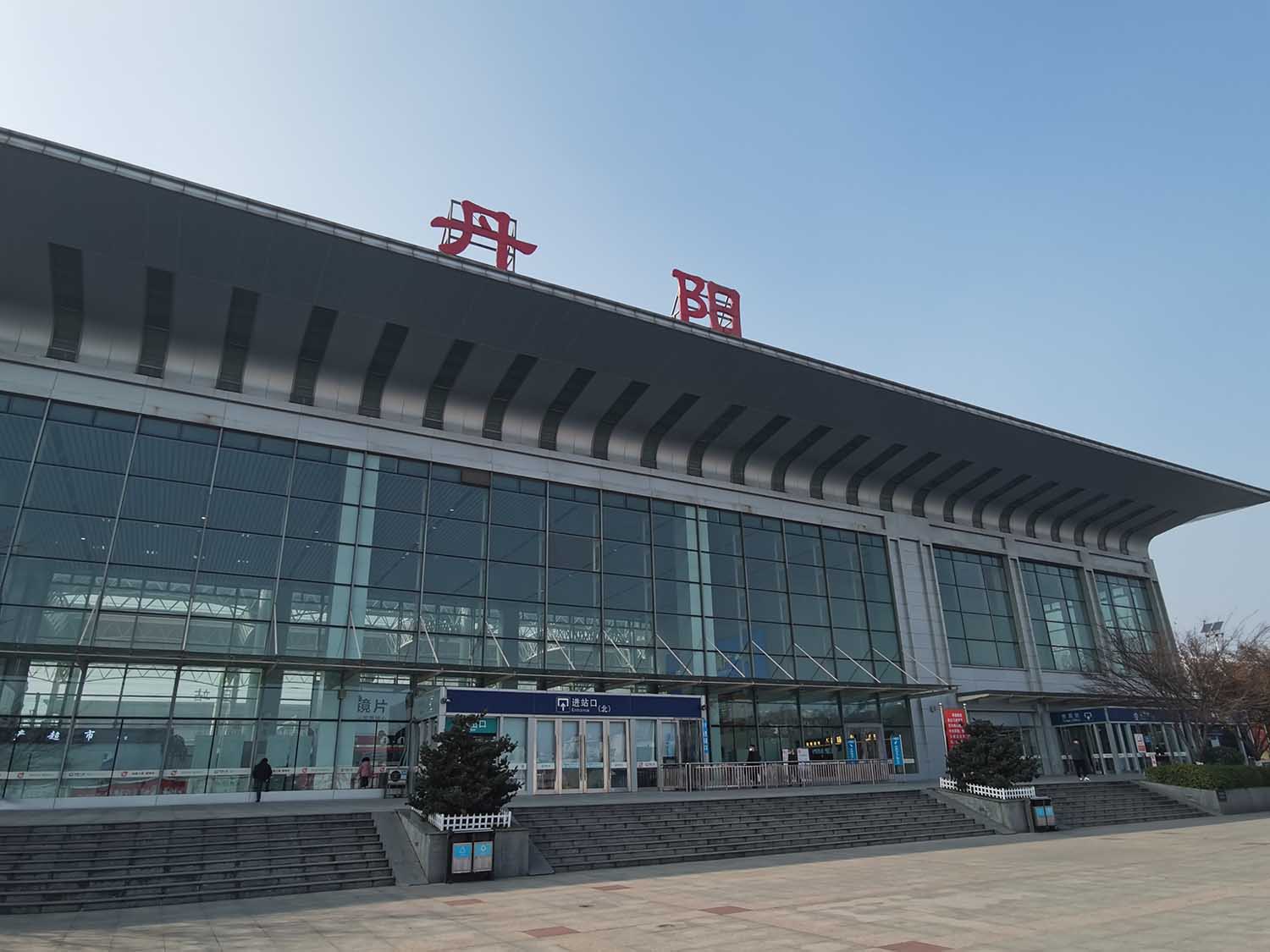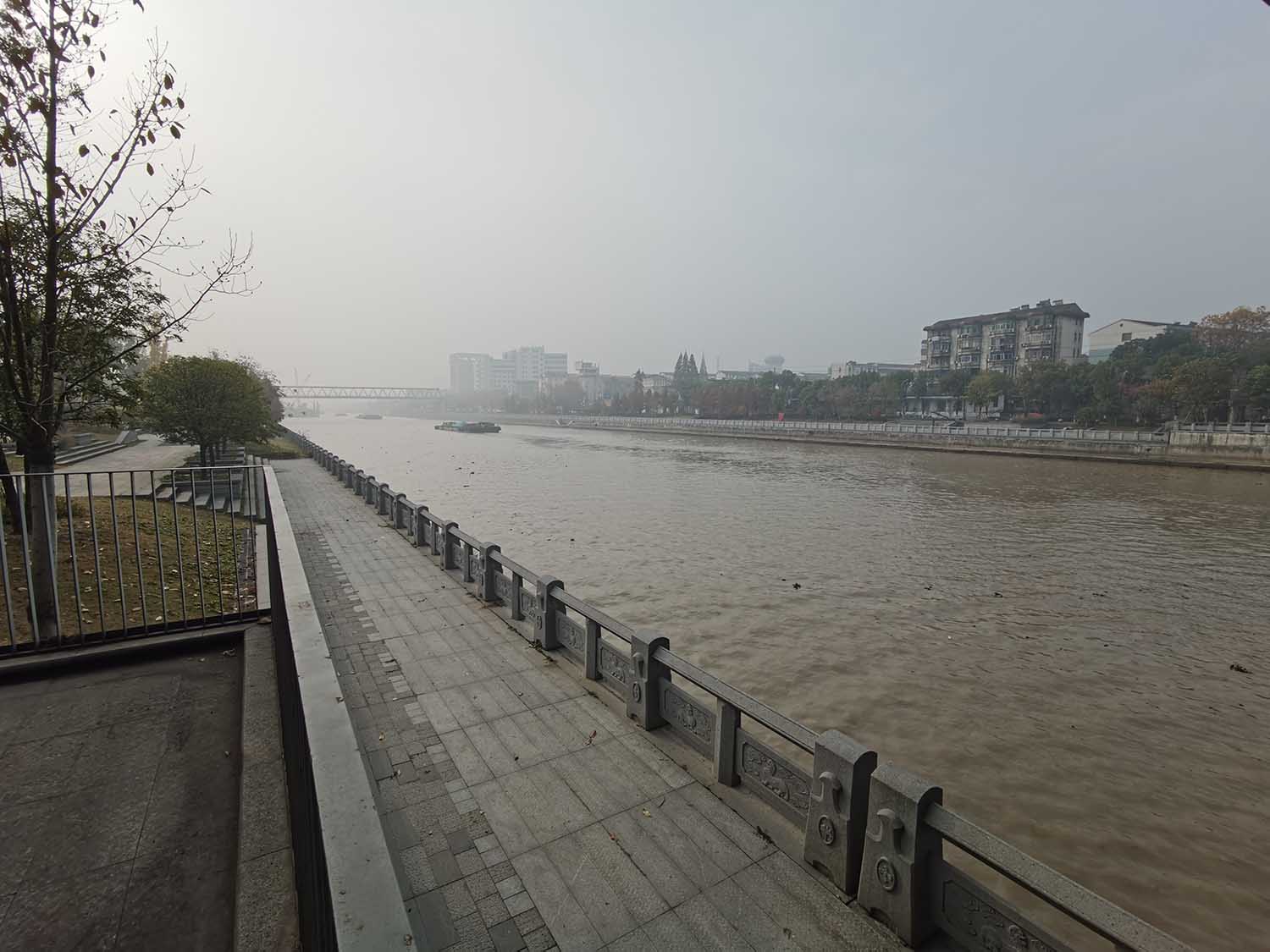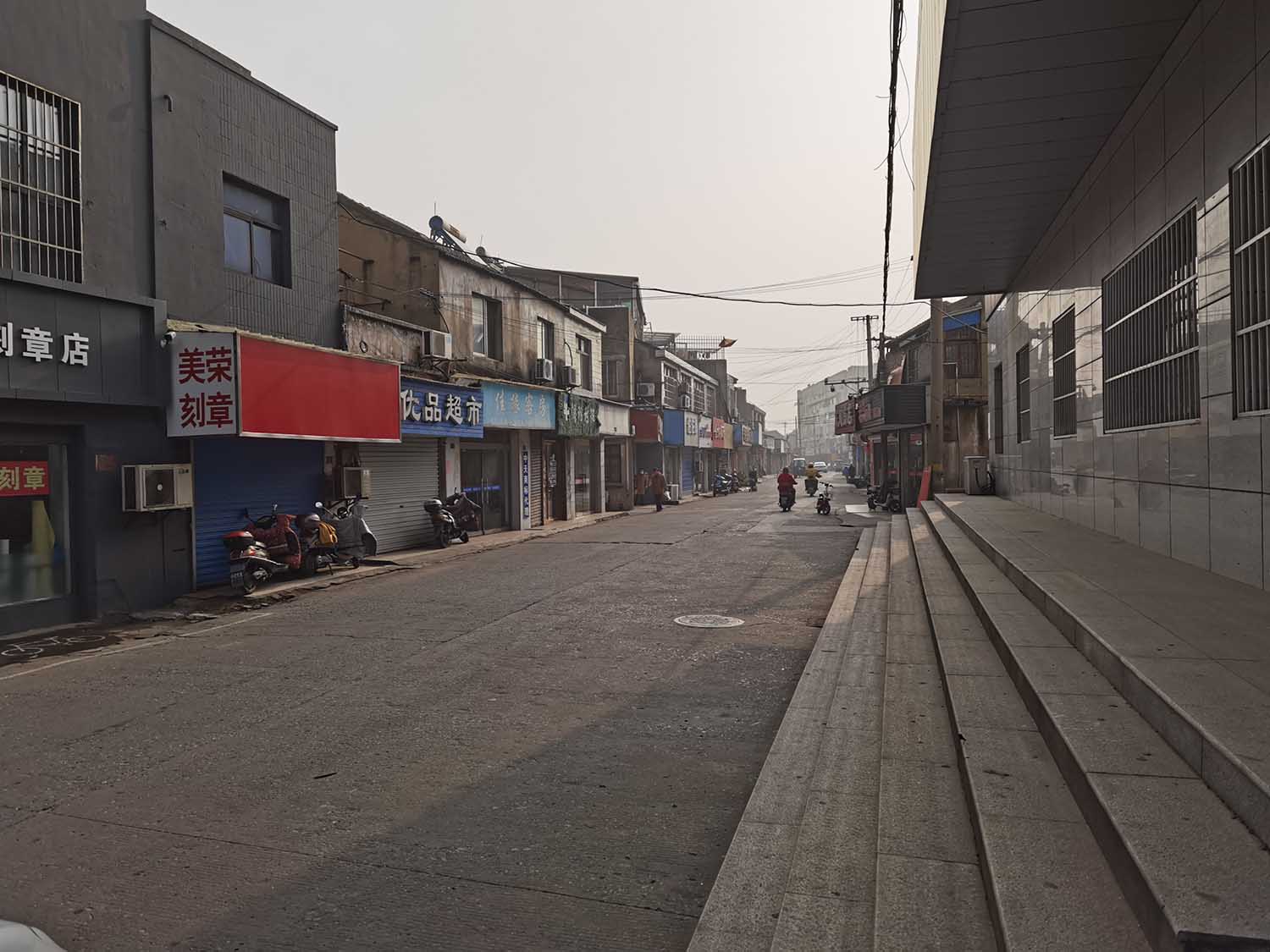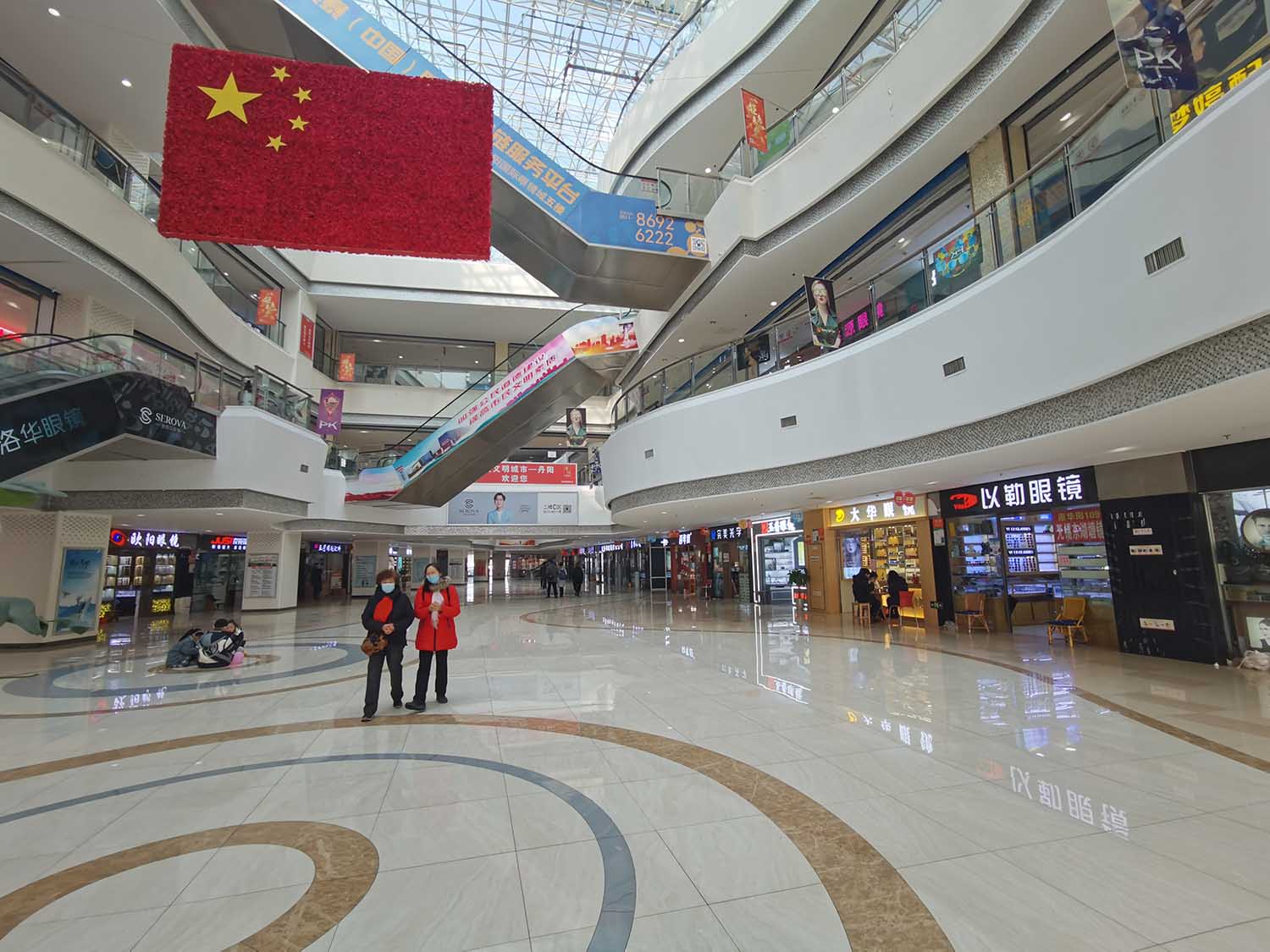When I search for tier-3 or tier-4 cities on Google or Baidu, I’m always looking at the same kind of photos: grey skies above a wide river, a park with leafless trees, and maybe an aerial photo of a harbor or monotone residential area. And other hits on Google would be a blog from a lone English teacher, and TripAdvisor recommending the local park, a hotel, and a pagoda.
Lower-tier cities seem so anonymous. Most foreigners on Reddit limit their descriptions to a single word; ‘dingy’, or if there’s a longer quote, it’s equally mysterious; “I taught a year of English in this city, wouldn’t recommend it.”
But actually, I do want to explore it. China has more than 600 tier-3 & tier-4 cities — harboring almost half of its population. Shanghai has the Oriental Pearl Tower, Beijing has the Forbidden City, Tiananmen Square, or the Summer Palace. And yet all these 600-cities get to represent themselves are those grey photos on Google.
And so I pick a random tier-city on the map: Danyang (丹阳) in Jiangsu (江苏). I’ve never heard of it before, but I’ll go there. It’s around 200 kilometers from Shanghai (an-hour-and-a-half on the high-speed train), with a population of 890,000 (more than my loved Amsterdam), and is apparently famous for its eyeglass factories.

Skies are grey-blue
I leave Danyang’s train station, turn the corner, cross the bridge, and I’m a bit perplexed: I came here to break my stereotypical views, but it’s like I’m looking at those same grey photos from Google and Baidu now. In front of me flows the Grand Canal (大运河) which goes from Beijing to Hangzhou, occupied by a caravan of cargo ships. The whole scene is rather… grey, and just like those Google images I saw.

But is this really smog I’m seeing? I open my app; the air is pretty bad with 179 AQI (unhealthy for sensitive people) and the number shocks me: wow, there must be many factories here! But then inside the app, I see that Shanghai scores 230 (very unhealthy). For comparison, Amsterdam yesterday scored an 83 (moderate pollution). But later I find out that I picked the one weekend in which smog from the northern provinces falls down on this latitude. (Air quality has improved a lot in China in the last decade, but in winter these scores are not uncommon.)
Anyway — in the afternoon, the Danyang skies turn slightly bluer.
To the park
I find the top attraction on Dianping: Wanshan Park (万善公园). I walk through the suburbs, and I see it’s not like Shanghai here, but not rural either. The buildings are two to five floors high, the majority residential. On street-level, there are a few tiny restaurants and grocery stores, and occasionally a foot massage parlor or a primary school.
Each block seemingly built in a different decade (and with a different philosophy). The facades are tiled or just pure concrete, but all of them have accumulated a layer of smog or dirt.

There are ‘edge’ spaces where two types of blocks meet. On these tiny squares, cars are parked loosely, clothes are hung to dry, and poultry is being undone of its feathers. People gather here for nothing but talks, and it’s pretty cozy.

I arrive at the park and it’s actually well-maintained. There’s a pagoda which seems to have been built only a few years ago, but nice paths left and right and up — and all sorts of trees. The typical visitors are the same as you’d see in Shanghai: exercising seniors, young parents with their kids, and 50-year-old guys photographing fauna with their SLR-cameras. I could imagine you live nearby and go for a daily jog here.

City center
Judging by the layout of the roads on the map, I set out to what I think is the city center. I pass a fantastic green-yellow-blue piece of architecture that is a police station, and later I see a Greek (or Roman?) temple, as well as a yurt. Most other buildings now are single-story, like the Beijing hutongs or Shanghai’s longtangs.


Closer to the center, the buildings dense up, but still nothing above five floors. The most interesting street has one side filled with hole-in-the-wall restaurants, the ones that many foreigners now miss in Shanghai. On the other side is a wet market. Noodles are being hand-cut (and so are fish) — and there are live chickens and geese. Every stand is distinctly different, it’s almost like a museum. And maybe confined space makes people friendlier. Suddenly I think I can live in this city, you can belong here. People smile at me and each other.



I pass more blocks. There are vacant buildings with broken or no windows — nobody living here I’d guess, although occasional bright clothes drying outside betray the presence of people living there. You’d never see such a waste of space in Shanghai; it’s too expensive. There are kids playing on the street, a boy sticking two disposable cups together trying to make a yoyo, and seniors hanging out and looking at me as I take pictures.
Eye-glass city
I guess every lower-tier city has its flavor, and Danyang’s is spectacles. There are three shopping malls filled solely with stores for sunglasses and spectacle, where you get a taste of what you can bulk-buy. Many of these brands I’ve never heard of; there’s an Armani glasses store but I doubt it’s real as the font looks off. I suppose people all over Jiangsu, and perhaps from all over the world, flock here to buy glasses on wholesale. And who knows, maybe a few customers do just need a single pair.

Forget about sushi
I’ve walked all day and spotted a KFC, McDonald’s, and according to my APP there are also four Starbucks’s here. But neither of these do provide a meal full of vegetables. There are also loads of hole-in-the-walls and street vendors, mostly with fried food or pastries. I walk more, but in the end my stomach cries, and I succumb to a noodle store, where I get noodles with five corn kernels and a single spinach leaf. Danyang seems to provide few options to eat healthy meals — full of vegetables — unless you cook yourself.
Life in a tier-4 city
I often dreamt about becoming fluent in Mandarin and then maybe live in a lower-tier in China, to really get to know ‘the Chinese culture’. Fluency is still my goal, but after today I doubt about living in a tier-4 city.
But even more; the whole thing of discovering the ‘real Chinese culture’ seems absurd. Danyang is no more or less ‘Chinese’ than Shanghai; it’s just different. In the people here, you’ll find slightly different characters and experiences, either as bypassers or friends.
It’s ‘less’ in many ways though — and some ‘lesses’ may be what you are looking for. Less foreigners for instance (all day I did not see a single one) and less people being able to speak English. Less international, less shopping centres, less cinemas, less parks, less security cameras, less overpriced apartments, less sense of misplaced importance or ‘busyness’ in general.
I guess you do need to be very open about living in a city like Danyang. The tier system isn’t a measure of how good a city is, or how developed its people are — but rather how important the city is to the whole country, or rather how economically developed the city is. But if you live here, you’ll need to be brave to meet new people. It’ll require more force to thrust yourself into the mix.
Yet young people are approachable. I saw a cycling club, pedaling together, so there are definitely some activity groups you could join. Two girls at the university gate made small talk with me (“Are you lost?”), and I approached a young guy at the traffic light to ask where the train station was (I could have used my app, but wanted small-talk). When asked about his impression of the city, he joked that Danyang is a tier-6 city (the scale doesn’t go that far), and that he’ll probably move to Shanghai later, but added; “yet I don’t think I’ll feel as home there as I do here.”